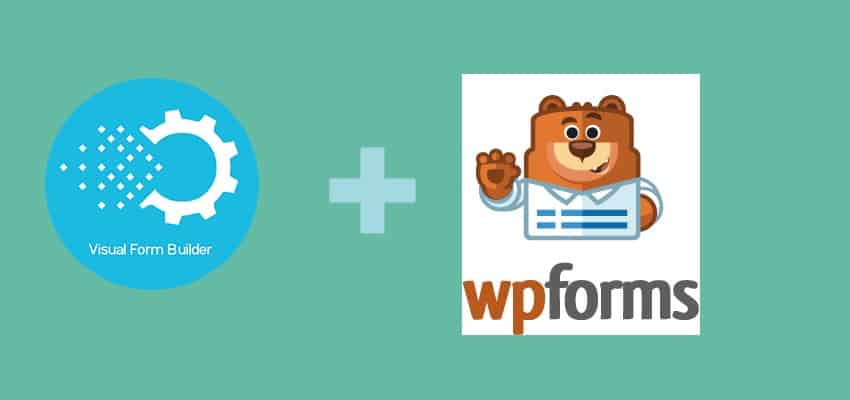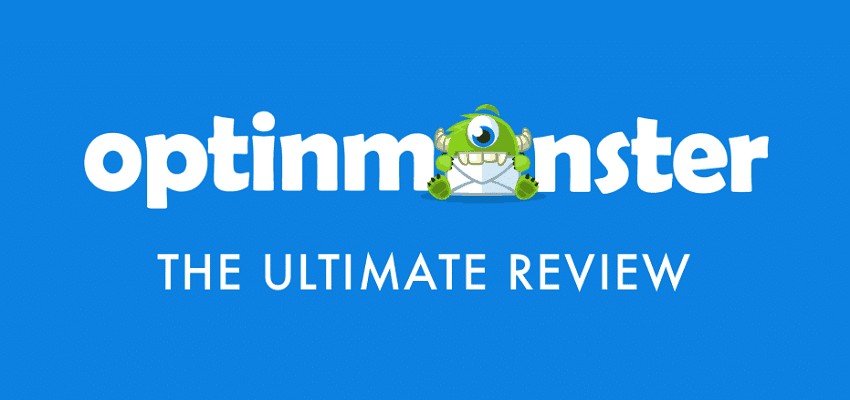In today’s highly competitive business landscape, customer advocacy has emerged as a powerful tool for companies looking to build strong customer relationships and drive brand loyalty. Customer advocacy goes beyond traditional marketing strategies and empowers satisfied customers to become brand advocates, actively promoting products and services through word-of-mouth recommendations. This article explores the significance of customer advocacy, strategies for cultivating brand ambassadors, and the various benefits it brings to businesses.
The Power of Customer Advocacy: Driving Word-of-Mouth Recommendations
Word-of-mouth recommendations have always played a crucial role in influencing consumer behavior. When customers genuinely believe in a product or service, they are more likely to share their positive experiences with others. Customer advocacy harnesses this power by turning satisfied customers into passionate advocates who promote a brand within their networks.
Research consistently shows that people trust recommendations from friends, family, and peers more than traditional advertising. By encouraging customer advocacy meaning, businesses tap into a powerful form of marketing that can reach a broader audience and generate authentic, trustworthy recommendations. Advocacy creates a ripple effect as advocates share their positive experiences, leading to increased brand awareness and customer acquisition.
Building a Strong Customer Base: The Role of Customer Advocacy
Customer advocacy is vital in building a strong customer base and fostering brand loyalty. When customers become advocates, they go beyond mere satisfaction and develop a deep emotional connection with a brand. Advocates willingly engage with a company, share feedback, and provide valuable insights for improvement. This level of engagement is instrumental in building a customer loyalty base.
To harness the potential of customer advocacy, businesses should prioritize delivering exceptional customer experiences and actively seek feedback. By consistently exceeding customer expectations, brands can create a strong foundation for advocacy. Moreover, implementing customer advocacy software can help identify and nurture potential advocates, making the process more efficient and scalable.
Cultivating Brand Ambassadors: Strategies for Turning Customers into Advocates
Transforming customers into brand advocates requires a proactive approach and a well-defined strategy. Here are some effective strategies for cultivating brand ambassadors:
- Recognize and Reward Advocates: Acknowledge the efforts of passionate advocates by recognizing and rewarding their contributions. This can be through exclusive access to new products, personalized discounts, or even participation in types of loyalty programs.
- Encourage User-Generated Content: Advocate-generated content, such as testimonials, reviews, and social media posts, amplifies brand reach and credibility. Encourage and showcase user-generated content to inspire others to become advocates.
- Facilitate Advocacy Programs: Create formal advocacy programs that provide advocates with resources, training, and support. This enables them to articulate the brand’s value proposition accurately and empowers them to spread the message effectively.
Engaging and Empowering Brand Advocates: Unleashing Their Potential
To unlock the full potential of brand advocates, businesses must engage and empower them effectively. Advocates are often passionate about the brand and willing to contribute but need guidance and platforms. Here are some ways to engage and empower brand advocates:
- Create Online Communities: Establish online communities where advocates can connect, share experiences, and provide feedback. These communities foster a sense of belonging and enable advocates to collaborate with the brand and fellow advocates.
- Provide Exclusive Access and Opportunities: Offer advocates exclusive access to new product launches, beta testing, or participation in focus groups. This rewards their loyalty marketing and makes them feel valued and involved.
- Facilitate Advocacy Training: Conduct training sessions to equip advocates with the knowledge and skills to represent the brand effectively. This ensures consistency in messaging and boosts advocates’ confidence.
Amplifying Brand Reach: Leveraging Advocates’ Networks and Influence
One of the key advantages of customer advocacy is the ability to tap into advocates’ networks and extend brand reach. Through their word-of-mouth recommendations, advocates can influence a significantly larger audience than traditional marketing efforts alone. Here are strategies to leverage advocates’ networks and influence:
- Encourage Referrals: Implement referral programs to incentivize advocates to refer friends, family, and colleagues to the brand. This expands the customer base and strengthens the brand’s reputation through trusted referrals.
- Collaborate on Content Creation: Involve advocates in creating branded content such as blogs, videos, or podcasts. This collaboration enhances authenticity and allows advocates to share the content with their networks, amplifying its reach.
- Engage on Social Media: Actively engage with advocates on social media platforms to amplify their positive experiences and encourage them to share content related to the brand. This fosters community and encourages advocates to continue promoting the brand.
Harnessing User-Generated Content: The Voice of Advocates
User-generated content (UGC) is a valuable asset for businesses, and customer advocates play a crucial role in generating such content. UGC provides an authentic and relatable perspective on a brand, reinforcing trust and credibility. Businesses can leverage UGC in the following ways:
- Showcase UGC: Feature user-generated content on the brand’s website, social media platforms, and marketing materials. This highlights the positive experiences shared by advocates and encourages others to become advocates themselves.
- Run UGC Campaigns: Launch UGC campaigns that encourage advocates to create and share content about their experiences with the brand. This generates valuable content and inspires others to participate and become advocates.
- Engage Advocates in Storytelling: Empower advocates to share their stories through blogs, videos, or testimonials. Authentic storytelling creates emotional connections with potential customers and strengthens the brand’s reputation.
Nurturing Customer Relationships: Advocacy as a Retention Strategy
Customer advocacy is not only beneficial for acquiring new customers but also for retaining existing ones. Advocates often remain loyal to a brand for an extended period, providing valuable feedback and becoming advocates for life. To nurture customer relationships effectively:
- Provide Exceptional Customer Service: Continuously strive to deliver exceptional customer service that exceeds expectations. This cultivates strong emotional connections and encourages customers to become advocates.
- Personalize Customer Interactions: Tailor interactions and communications to meet individual customer needs and preferences. Personalization enhances the customer experience and deepens the brand’s and its advocates’ bond.
- Seek Continuous Feedback: Actively seek feedback from advocates and use it to improve products, services, and overall customer experience. This demonstrates that the brand values their opinions and is committed to their satisfaction.
Measuring Advocacy Success: Key Metrics and Indicators
Measuring the success of customer advocacy programs is essential for understanding their impact and refining strategies. Here are some key metrics and indicators to consider when evaluating advocacy success:
- Net Promoter Score (NPS): NPS measures customer loyalty and willingness to recommend the brand to others. A high NPS indicates a strong advocacy base and a positive customer experience.
- Referral Program Performance: Track the number of referrals generated through advocacy programs. This metric reflects the effectiveness of advocacy efforts in driving customer acquisition.
- Social Media Engagement: Monitor the engagement levels on social media platforms, such as likes, comments, and shares on advocate-generated content. Higher consumer loyalty engagement signifies the effectiveness of advocacy in building brand awareness and engagement.
Scaling Customer Advocacy Programs: Strategies for Sustainable Growth
As businesses experience success with customer advocacy, they often seek to scale their programs for sustainable growth. To scale customer advocacy programs effectively:
- Invest in Advocacy Software: Implement customer advocacy software to streamline program management, automate processes, and identify potential advocates. This enables businesses to scale their advocacy efforts while maintaining personalization efficiently.
- Establish Clear Guidelines and Processes: Define clear guidelines and processes for identifying, nurturing, and rewarding advocates. This ensures consistency across the program and facilitates scalability.
Foster a Culture of Advocacy: Embed a culture of advocacy throughout the organization, with all employees understanding and supporting advocacy initiatives. This aligns the entire company behind the advocacy program and enhances its scalability.
If you liked this article, then please subscribe to our YouTube Channel for WordPress video tutorials. You can also find us on Twitter and Facebook









